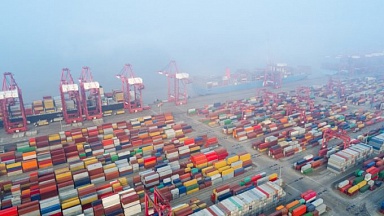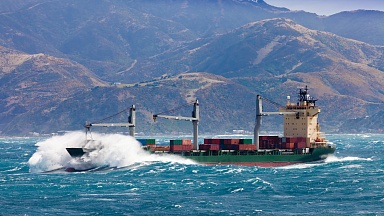According to the International Association of Ports and Harbours’ latest Covid-19 Port Barometer report, published today, major container ports in Europe and North America are having to contend with a higher number of moves per ship than ever before, as a result of the wave of blank sailings.
Despite the cancellation of large numbers of sailings over the past couple of months, a pick-up in demand has meant ships that have sailed have very high levels of utilisation, creating sudden peaks of activity at import ports.
The report says: "Major container ports in both Europe and North America report that the average moves per ultra large containership (ULCS) per call have significantly increased, with some hubs reaching up to 10,000 teu moves.
«This is creating peaks in both ship-to-ship operations and yard activity at the terminals and is starting to impact land-side operations, especially on truck arrivals and departures. Some ports report it takes days to return to a normal situation at the yard and gates, and lost movements of cargo are on the rise.
«The workforce in some ports are under increasing pressure as these peaks impact resource on some days, followed by several days off duty with no activity at all,» it adds.
These issues are further compounded by rising levels of congestion on port access roads, the report notes.
The continuing need to test truck drivers for Covid-19 symptoms, and the measures to take in the event of a positive test, as well as growing passenger traffic returning to the roads, has meant that over the past five weeks, trucks have faced lengthening queues at port and terminal gates.
"There is a v-shape in delays, from a low of 8.4% in week 23 to 14.6% this week, which is almost back to the level of week 20.
«Reported issues of concern include potential disruptions due to the need to isolate increased numbers of truck drivers testing positive, as well as the congestion problems due to essential road maintenance.
«Road congestion is on the rise for ports located within city limits or within proximity of conurbations, where regular traffic is on the rise due to easing of lockdowns or the beginning of the tourist season in the northern hemisphere where use of public transport is being discouraged,» it said.




